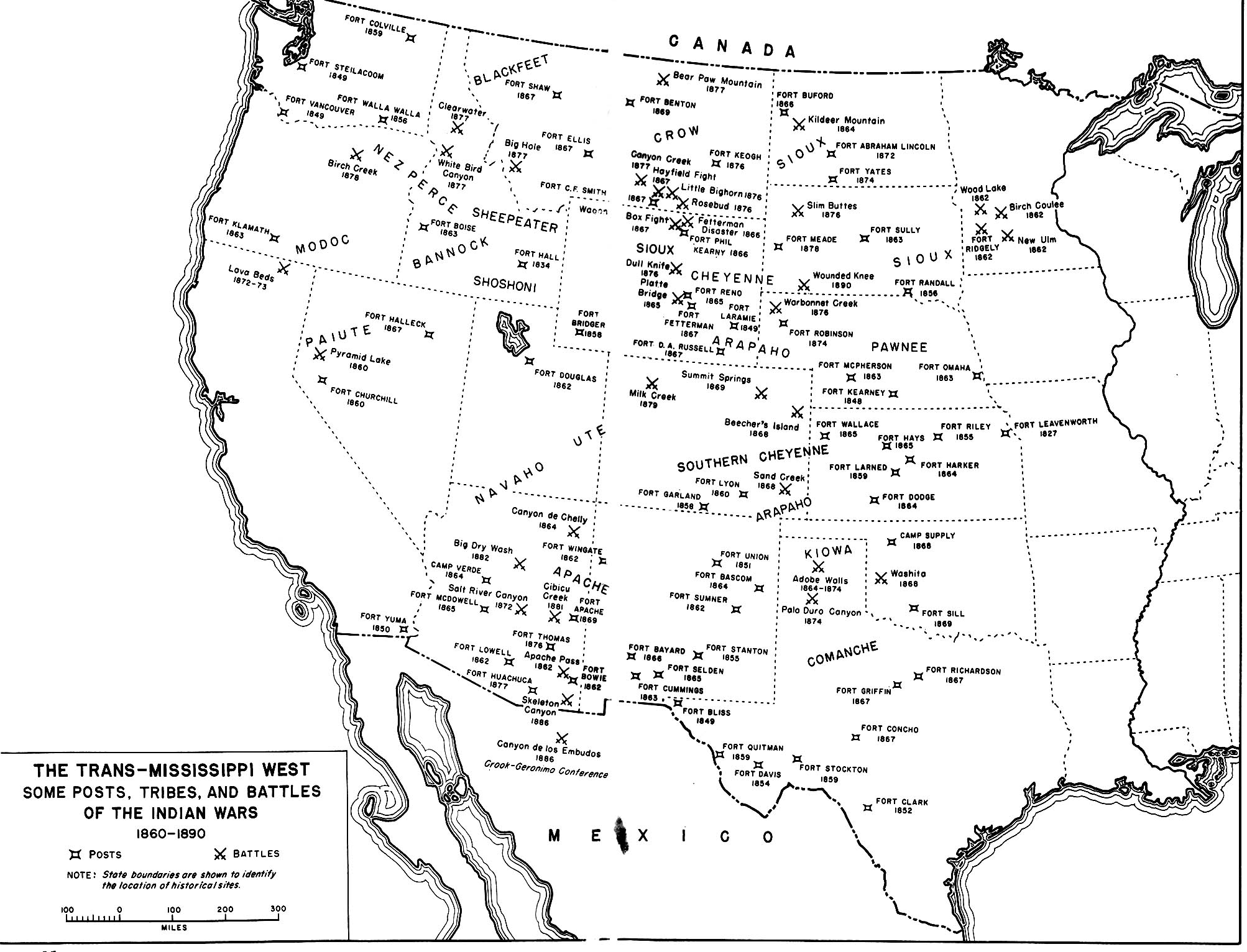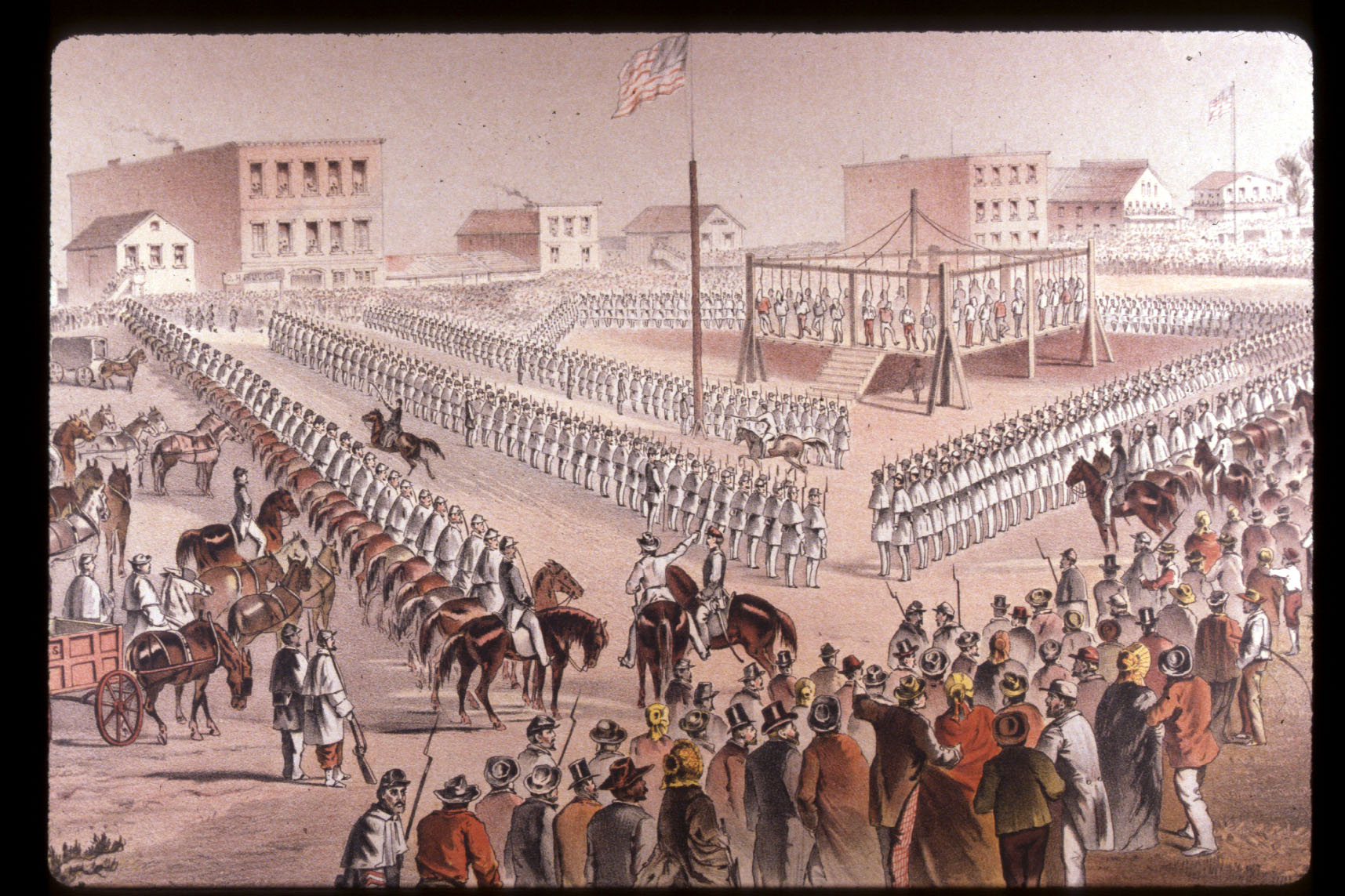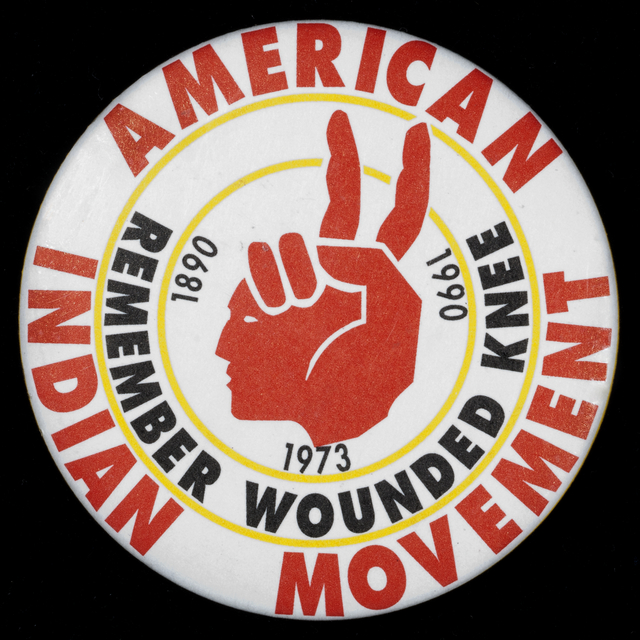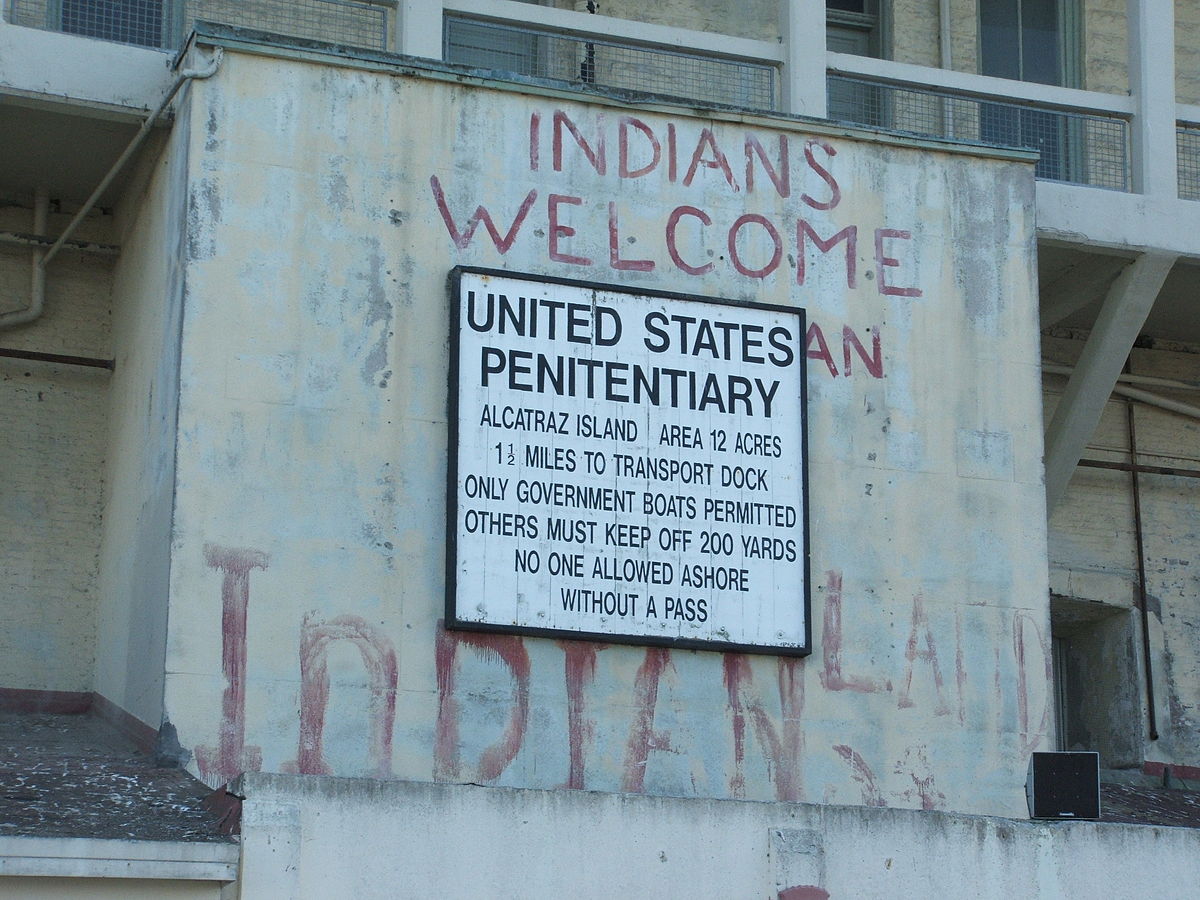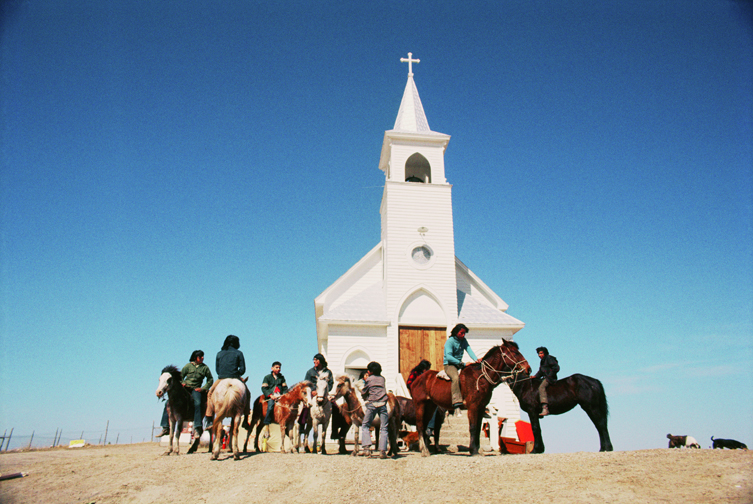Wounded Knee 1890 and Wounded Knee 1973
mkane2@albany.edu
maevekane.net/hill
First half
settler colonial pressure 1830s-1890s
Plains Wars
reaction & aftermath
where are we?
Extermination era 1840-1887
Plains wars: 1823-1887/1918
Allotment & Assimilation era 1887-1940
Plains Wars 1848-1890
Dakota War 1862
1851: Treaty of Traverse de Sioux
Civil War: US defaults on annuities
govt monopoly on trade at reservations + corruption
April 1862: 5th Minnesota called up
August 1862: 800 white settlers killed
Dakota War 1862
Dakota War 1862
GRANT'S PEACE POLICY: 1869-1877
our friend Ely Parker, Commissioner of Indian Affairs
shift to reservations, not extermination
govt subsidies and training
“any course toward them which tends to their civilization and citizenship”
groundwork for Assimilation & Allotment
TRADITIONALIST REVIVAL
pan-Indian or regional cooperation
rejection of some or all European/American practices
farming, alcohol, cloth, Christianity
religious revivalism, sometimes blended with Christianity
sometimes militaristic
goal of ejecting whites and/or blacks from traditional lands
Sun Dance REVIVAL
outlawed in 1870 because conflated with cannibalism and human sacrifice
“flesh sacrifice” of piercing (Catholic communion parallels)
fasting, sweat lodge, 2-4 days of dancing
religious ceremony to solidify and protect community
illegal until Indian Religious Freedom Act, 1978
BATTLE OF LITTLE BIGHORN/BATTLE OF GREASY GRASS/CUSTER'S LAST STAND: 1876
growing fear of Sun Dance
vastly underestimated number of Native men
focus on hostage taking
eastern backlash against Grant's Peace Policy
"sell or starve" policy
Dawes Act 1887
allotted most marginal, driest land
required passes and tags to leave reservations
tools and rations provided in exchange for children sent to boarding school
1887-1890 worst weather in SD history
hunting, cut rations, bad rations
"How American Racism influenced Hitler," The New Yorker Hitler's American Model, James Whitman
"They signed away a valuable portion of their reservation, and it is now occupied by white people, for which they have received nothing. They understood that ample provision would be made for their support; instead, their supplies have been reduced, and much of the time they have been living on half and two-thirds rations. Their crops, as well as the crops of the white people, for two years have been almost total failures." Genl Nelson Miles, Dec 19 1890
GHOST DANCE: 1888-1890
visions of Wovoka during solar eclipse
rejection of alcohol and farming but not Christianity
arrest of leaders who did not renounce
Lakota rounded up from hunt for winter 1890
"The coming of the troops has frightened the Indians. If the Seventh-Day Adventists prepare the ascension robes for the Second Coming of the Savior, the United States Army is not put in motion to prevent them. Why should not the Indians have the same privilege? If the troops remain, trouble is sure to come." Agent Valentine McGillycuddy
WOUNDED KNEE 1890
Dec 15: Sitting Bull, 8 leaders & 6 BIA police killed
Dec 23: Spotted Elk's band leaves Pine Ridge
Dec 28: Spotted Elk intercepted
Dec 29, dawn: men told to disarm
CASUALTIES
200 Native men in first twenty minutes (40 armed)
150 Native women and children killed by artillery
100 men, women and children pursued
31 US Army casualties
4 old men, 47 women and children taken captive
Wounded Knee was "the most abominable criminal military blunder and a horrible massacre of women and children." Genl Nelson Miles, Dec 31 1890
Zintkala Nuni/Little Lost Bird
American reaction
demands for greater Army presence in west
outlawing of all powwow and cultural shift away from Wild West shows
20 Medals of Honor for 7th Infantry
shorthand for imperialist massacre
Cultural Legacy
Second half
Indian Termination & Relocation
American Indian Movement
Wounded Knee 1973
where are we?
Allotment & Assimilation era 1890-1940
Termination era: 1940-1975
Self-Determination era: 1975-present
INDIAN RELOCATION ACT 1956
72% of Native people live in urban areas
Minneapolis Little Earth of United Tribes
promises: job training, moving expenses, insurance, tuition
effects: tribal isolation, relocation into poor urban areas, areas with redlining, urban renewal, low-paying jobs
American Indian Movement
AMERICAN INDIAN MOVEMENT
policing & pan-Indian solidarity Hennepin County Jail 1968
Alcatraz occupation 1969-1971
BIA occupation November 1972
majority women members missing in coverage
American Indian MOVEMENT
policing & pan-Indian solidarity Hennepin County Jail 1968
Alcatraz occupation 1969-1971
BIA occupation November 1972
majority women members missing in coverage
Alcatraz 1969-1971
WOUNDED KNEE 1973: BACKGROUND
Indian Reorganization Act, 1934
Richard Wilson: dismissed remainder of elected government
”there's no law against nepotism"
Guardians of the Oglala Nation
Wounded Knee 1973
Wounded Knee: Buildup
Wilson's (non)impeachment
Custer, SD courthouse protest
90% of US watching coverage
Feb 28, 1973: 200 protesters, several thousand Marshals, FBI, Nebraska and SD state troopers and National Guard
Confrontation
March 1: FBI & BIA roadblocks
March 27: DOJ negotiators cut off electricity, water, deliveries
April 1: Boston airlift
2 Native deaths & 2 FBI/Marshal deaths
May 5: disarmament
aftermath
60 deaths in 2 years following—GOONs
1200 arrests at Wounded Knee
Leonard Peltier conviction, alibis & witnesses
Anna Mae Aquash murder
